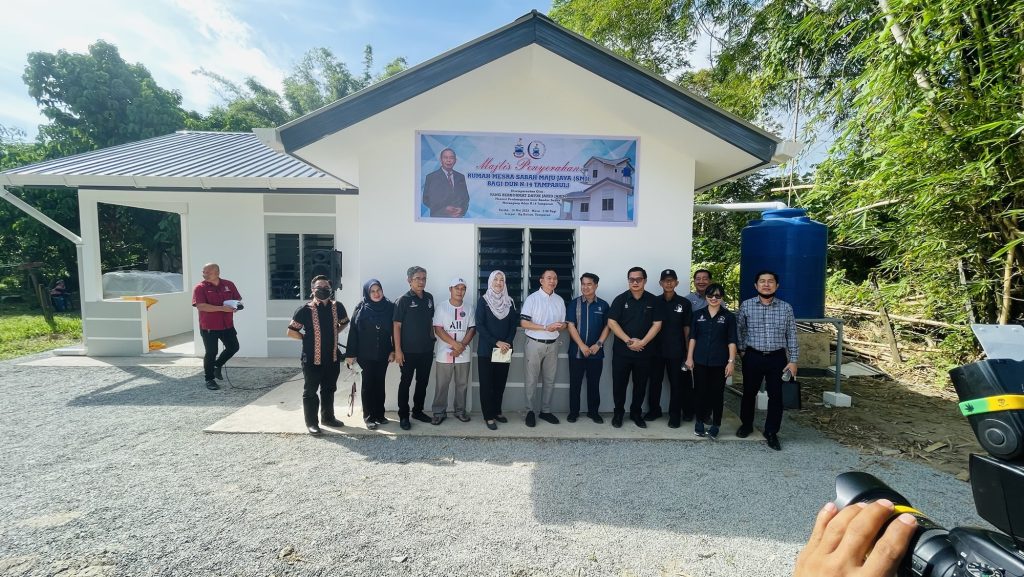When Sabah’s government launched the Rumah Mesra Sabah Maju Jaya (SMJ) program in 2022, it promised to deliver free houses to the state’s poorest families—a bold move designed to tackle deep-rooted housing shortages.
Three years on, the program has delivered results, but it’s also confronting significant obstacles that threaten its ambitious targets.
Announced under the Sabah Maju Jaya development agenda, the initiative aims to build thousands of homes across rural and urban areas.
Each unit, valued at RM70,000, is provided at no cost to eligible recipients. But while the numbers are encouraging—4,482 houses have been completed as of April 2024—the road ahead is fraught with delays, contractor issues, and unfulfilled promises.
Progress, but at what pace?
When Chief Minister Datuk Seri Hajiji Noor unveiled the program in 2022, the government set a goal of constructing 1,460 homes annually.
By 2023, these figures were met, but the growing backlog of unbuilt units remains a persistent issue.
To speed up delivery, Sabah Credit Corporation (SCC) stepped in with RM300 million in 2024, doubling the housing target to 3,000 units per year.
Yet, despite this increased funding, nearly half of the homes planned between 2022 and 2025—some 4,438 units—are still unbuilt.
The Chief Minister has taken a hardline approach, warning contractors against delays.
“We will not hesitate to blacklist those who fail to deliver,” Hajiji said during a project site visit last year. However, this tough stance has yet to fully translate into faster results.
A boost to the economy, but who really benefits?
Beyond addressing housing shortages, the program is being positioned as an economic multiplier. Hajiji has consistently emphasized that property development drives growth in construction, finance, and technology.
Private sector players like Borneo Kemuncak Riang have also come on board, providing land for housing developments, while the state government has encouraged other developers to follow suit.
But critics argue the program’s broader economic benefits may not fully trickle down to the people it is supposed to serve. With nearly half of its homes still unbuilt, the program’s ability to meet its objectives—and uplift the most vulnerable—is increasingly being questioned.
Looking Ahead
For 2025, the Sabah government has set aside RM250 million to build another 3,000 homes, bringing the program’s total planned units to 8,920. At the current pace, however, it could take nearly 18 months to clear the backlog, raising concerns about whether these ambitious targets are achievable.
While Hajiji remains optimistic, the pressure is mounting. He has called on Sabahans to seize the opportunity to apply for the homes, highlighting their user-friendly terms, including 100% financing and extended repayment periods.
But with persistent delays, some families are left wondering when they will finally receive the homes they were promised.
For now, the vision of a home for every low-income family in Sabah remains as much an aspiration as a reality. – January 26, 2025

